GDP Center Round-Up: 29th United Nations Climate Change Conference (COP29)
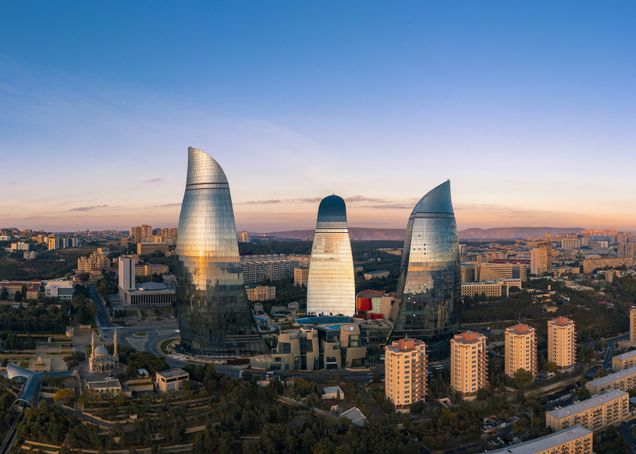
The 29th United Nations Climate Change Conference (COP29), taking place from November 11-29, 2024 in Baku, Azerbaijan, has been dubbed the “Finance COP” and is expected to deliver a new climate finance goal, known in COP jargon as the New Collective Quantified Goal (NCQG).
This NCQG will succeed the climate finance goal set in 2009, which committed developed countries to providing developing countries with $100 billion per year in climate finance by 2020. The NCQG will have to improve upon this goal, which was not only plagued by substantial ambiguities but developed countries also failed to meet it on time. Even as negotiators gather in Baku, however, major issues remain to be negotiated, with an uncertain future of US commitment to the UN Framework Convention on Climate Change (UNFCCC) process further complicating matters.
The size of this new climate finance goal is the biggest such issue—developing countries’ climate investment needs are in the trillions per year, and the real value of the goal will depend significantly on how it counts grants and loans based on their level of concessionality—while developed countries are also pushing for the “contributor base” to expand to include countries like China. Whatever happens, much of the finance under the goal will come from sources outside the UNFCCC, like multilateral development banks (MDBs), and negotiators should be prepared to account for this largely untapped potential.
The NCQG will have major implications for Nationally Determined Contributions (NDCs), the national emissions reduction plans that sit at the core of the Paris Agreement. The new round of five-year plans are due between November and February, and developing countries will be far less likely to submit ambitious NDCs if they cannot count on financial support via the NCQG.
Other noteworthy issues on the agenda for COP29 include clarifying rules on carbon markets, transparency in climate reporting, and the Loss and Damage Fund, which is nearly operational but severely lacking in funding.
The stakes for COP29 are high: Failure to agree ambitious outcomes at COP29 would mark a major blow for a global climate regime already marred by distrust between developed and developing countries as well as climate action that is lagging behind the pace needed to achieve the Paris Agreement. But if COP29 produces a fit-for-purpose NCQG matched by meaningful delivery, it could catalyze strong NDCs, a successful outcome at the highly-anticipated COP30, and the rapid and just emissions reductions needed by 2030.
Below, see a summary of the latest research on the role of MDBs in the NCQG, reforms for a climate-transformed International Monetary Fund (IMF), China’s global energy finance and more:
A Golden Opportunity: Selling a Small Share of the IMF’s Gold Reserves to Replenish the Catastrophe Containment and Relief Trust
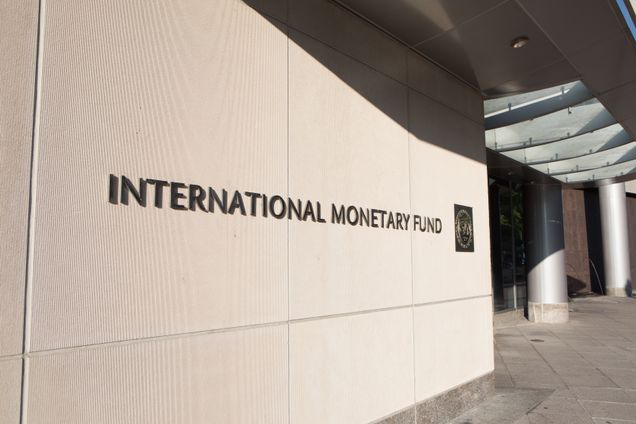
The IMF holds 90.5 million ounces of gold on its balance sheet, a legacy from its founding in 1944 when member countries paid their quotas in gold. This idle gold is sitting on the IMF’s balance sheet at a historical cost of $45 per ounce, compared to $2,600 per ounce on global markets.
Meanwhile, the Fund’s Catastrophe Containment and Relief Trust (CCRT), which provides grants to eligible countries to help cover debt service payments after a natural disaster, is in desperate need of replenishment and reform. Currently, only 30 members qualify for CCRT access, while the cash balance hovers at approximately just $103 million.
A new policy brief by Marina Zucker-Marques and Rishikesh Ram Bhandary explores how CCRT access could be expanded and replenished using the proceeds of an IMF gold sale to meet the needs of climate-vulnerable developing countries. The authors find that by selling just 4 percent of its gold, the IMF could provide debt relief for 86 low-income and climate-vulnerable countries. Read the policy brief.
‘Small’ Belt, ‘Beautiful’ Road: China’s Cautious Return to Global Energy Finance

A new update to the China’s Global Energy Finance (CGEF) Database, managed by the GDP Center, estimates that from 2000-2023, China’s two development finance institutions (DFIs)—the China Development Bank (CDB) and the Export-Import Bank of China (CHEXIM)—provided 367 loans, totaling $209 billion to 118 public borrowers in 68 countries for energy projects around the world.
For the year 2023, the CGEF Database recorded three new energy-related loan commitments from CHEXIM, totaling $502 million, to three African government borrowers – Madagascar, Burkina Faso and Uganda – marking a cautious comeback after a one-year hiatus. Yet, the amount committed in 2023 is only 5 percent of the average annual lending total amount ($10 billion) for 2000-2022.
A new policy brief by Jiaqi Lu, Diego Morro, Shengheng Li and Thang Ha analyzes the state of China’s global energy finance from 2000-2023. Their findings suggest that the next phase of China’s overseas energy finance will likely reveal the true extent of its commitment to renewable energy and sustainable development. While China’s move away from coal (and potentially, all fossil fuels) demonstrates a remarkable change, the scope and scale of its future investments will ultimately determine its contribution to the global energy transition. Explore the data and read the policy brief.
Negotiating in the Dark? How to Account for the Multilateral Development Banks in the New Collective Quantified Goal
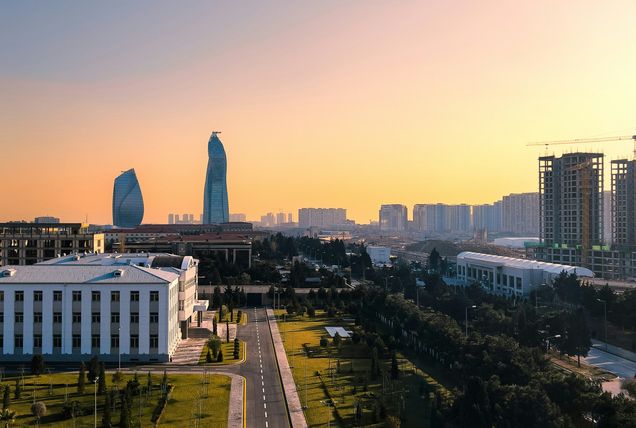
At COP29, parties are expected to agree on a NCQG to replace the $100 billion climate finance goal set in 2009.
The $100 billion – in addition to being met two years late – left open significant questions on what counts as climate finance, the meaning of mobilization, distribution of responsibility among contributors and allocation to recipients, sources of finance, and how to differentiate between grants, concessional loans and non-concessional loans.
A recent policy brief from Tim Hirschel-Burns argues that the NCQG must account for the nuances of MDBs climate finance if negotiators are to agree upon an ambitious and effective new global climate finance goal. He finds that without a solid understanding of the role of MDBs in climate finance, UNFCCC members will be negotiating in the dark. Read the policy brief.
Energizing MDB Financing Capacity: Identifying and Filling Gaps to Raise Ambition for the 2030 Agenda and Beyond
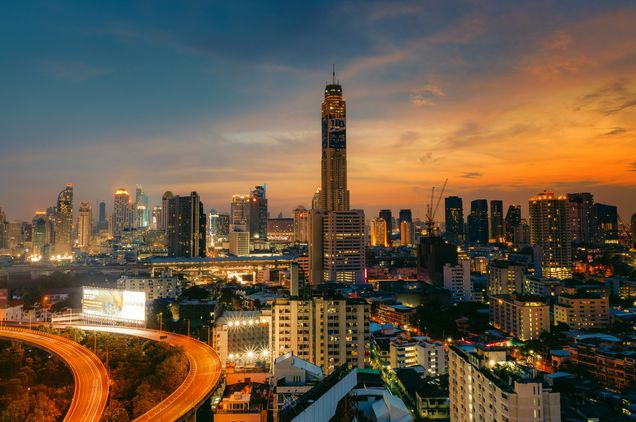
The global community is running out of time and falling behind on financing shared climate and development goals, with the United Nations warning that 85 percent of the 2030 Sustainable Development Goals (SDGs) are either off track, stagnant or regressing. The economic and social costs of inaction will be catastrophic.
MDBs have a central role to play in raising ambition to get the international community back on track. But do they have the necessary policies and processes to regularly assess how they can increase financing to meet shared development and climate goals by 2030 and beyond?
A new report by the Boston University Global Development Policy Center finds that while MDBs have made important strides toward increasing their lending headroom, more ambition will be necessary to achieve development and climate goals in a timely and affordable manner.
The report was commissioned by the Brazilian Presidency to the Group of 20 (G20) as an input for the ‘G20 Roadmap towards Better, Bigger, and more Effective MDBs.’ Read the report and read the summary blog.
IMF 2030: A Transformative Action Agenda for Achieving Climate and Development Goals
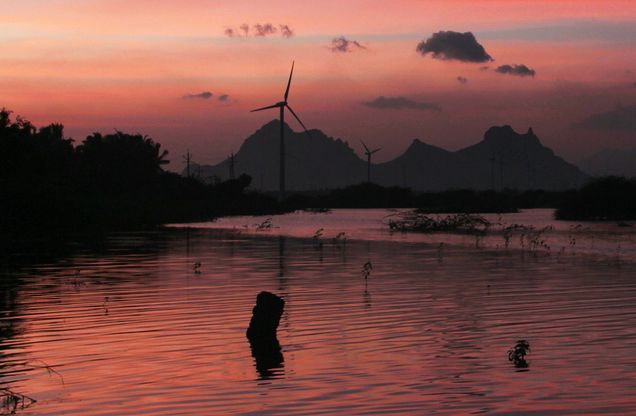
With just six years until 2030, there is an urgent need to unlock investments and mobilize affordable climate finance in a fiscally sound and financially stable manner.
The IMF has a vital role to play, and proposals to reform the international financial architecture all involve reforms to the IMF. Yet, despite notable recent strides at the Fund, a transformation is necessary for aligning the international financial architecture with shared development and climate change goals.
A new report from the Task Force on Climate, Development and the IMF pushes for a faster and deeper evolution of the IMF that is both development-centered in its approach to climate and embraces an investment push as a priority goal. It presents three core policy recommendations animated by an IMF 2030 Action Agenda, comprised of concrete reforms to be implemented over the next 12 months. Read the report and read the summary blog.
The International Monetary Fund and Deforestation: Analyzing the Environmental Consequences of Conditional Lending
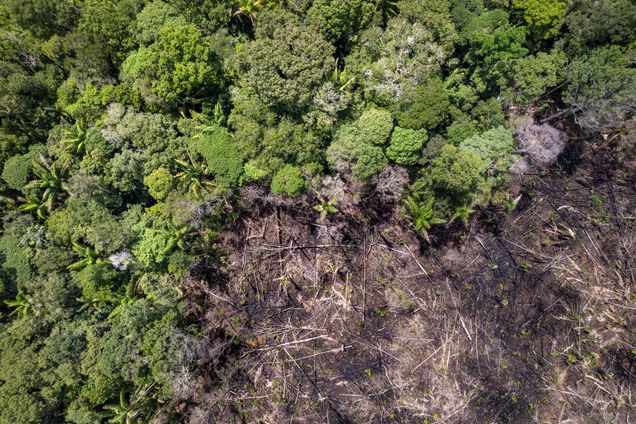
International financial institutions (IFIs) have in recent years increased the volume of their financing in an effort to support national and global policy challenges—yet surprisingly little is known about the environmental impacts of their finance.
A new technical paper from the Task Force on Climate, Development and the IMF investigates the environmental implications of the IMF’s lending toolkit by documenting its advice on forest management and examining the association between IMF programs and deforestation.
Deforestation is a key driver of biodiversity loss and the third largest source of carbon dioxide emissions in the world economy. The authors find that each IMF loan is, on average, associated with a decrease in forest area of 258km2, almost the size of the Maldives. Read the technical paper and read the summary blog.
Sustainable Trade and Sustainable Supply Chains
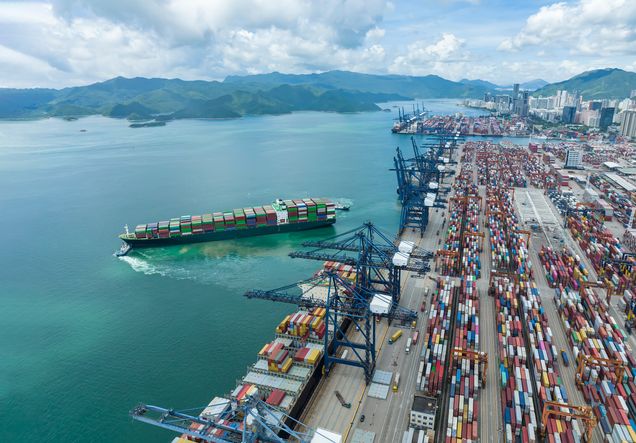
As the demand for low-carbon technologies (LCTs) surges globally, countries are increasingly recognizing the economic opportunities of a low carbon transition. These opportunities are particularly evident in international trade, where policy support and international cooperation significantly influence the diffusion and adoption of these technologies.
In particular, China has emerged as a global leader in the production and export of LCTs, underscoring the shifting dynamics of the international LCT market.
In a new special policy study by the China Council for International Cooperation on the Environment and Development (CCICED), a team of Chinese and international policy experts and researchers explore the development of global LCT trade over the past three decades to identify and analyze key economic factors that shape countries’ LCT trade with China. By compiling an original dataset using from sources such as the IMF and the United Nations Statistical Division’s Commodity Trade Statistics (Comtrade) database, the experts identify significant shifts in export and import patterns, trade balances and the evolving roles of high-income countries and emerging market and developing economies. Read the special policy study and read the summary blog.
Safeguarding Decades of Development: The International Monetary Fund’s Role in Addressing Loss and Damage

Climate-induced loss and damage can affect the macroeconomic health and general well-being of climate vulnerable economies, rolling back decades of development gains. For members of the Vulnerable 20 Group of Finance Ministers (V20) alone, climate-induced losses amounted to 20 percent of their gross domestic product (GDP) over the last two decades.
As the global institution charged with maintaining fiscal and financial stability, the IMF has an important role to play in addressing climate-induced loss and damage.
A recent policy brief from the Task Force on Climate, Development and the IMF proposes a ‘loss and damage package’ at the IMF that spans its surveillance, lending toolkit and global policy coordination. Read the policy brief.
*
Never miss an update: Subscribe to the Global Development Policy Center newsletter.